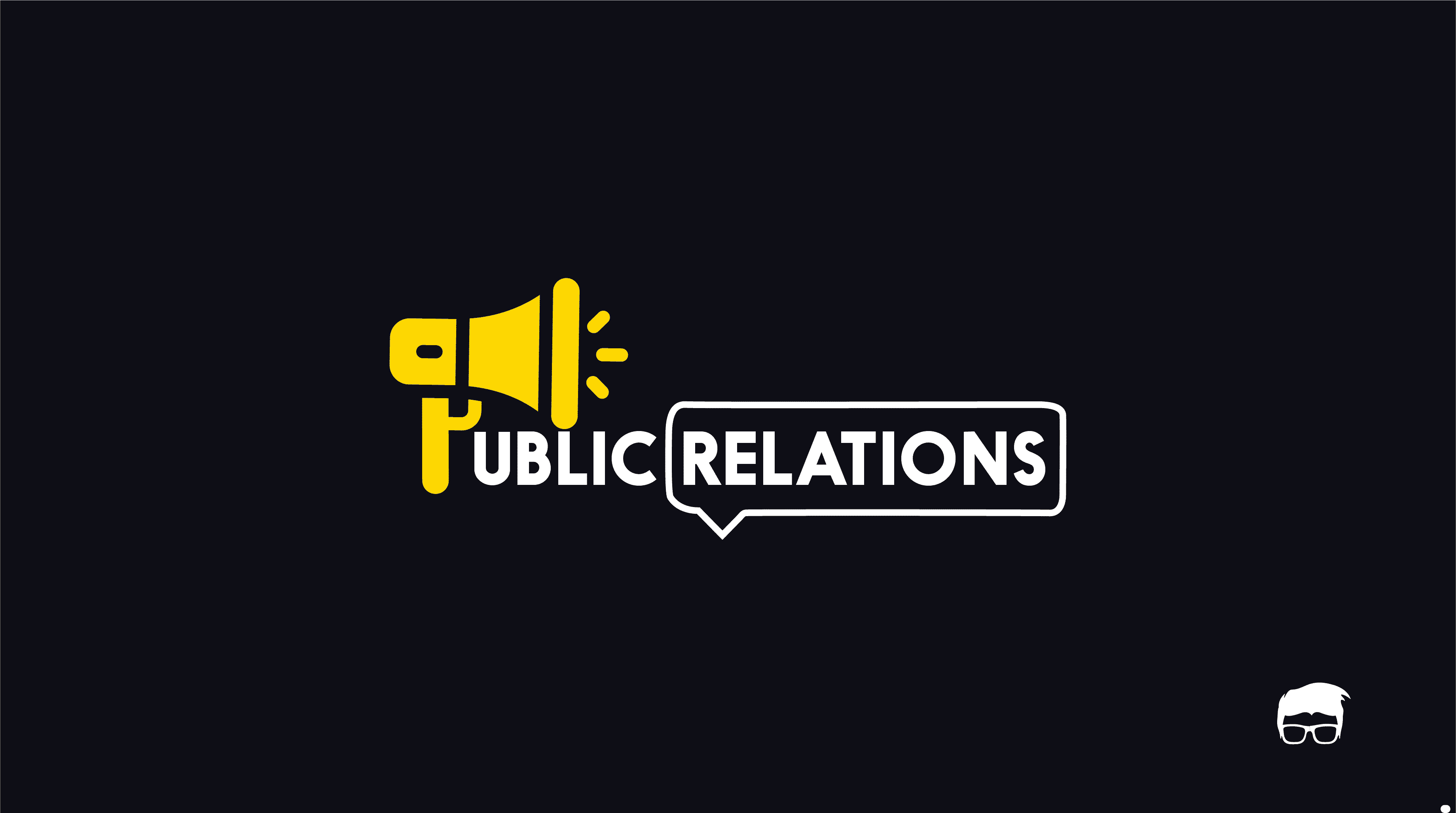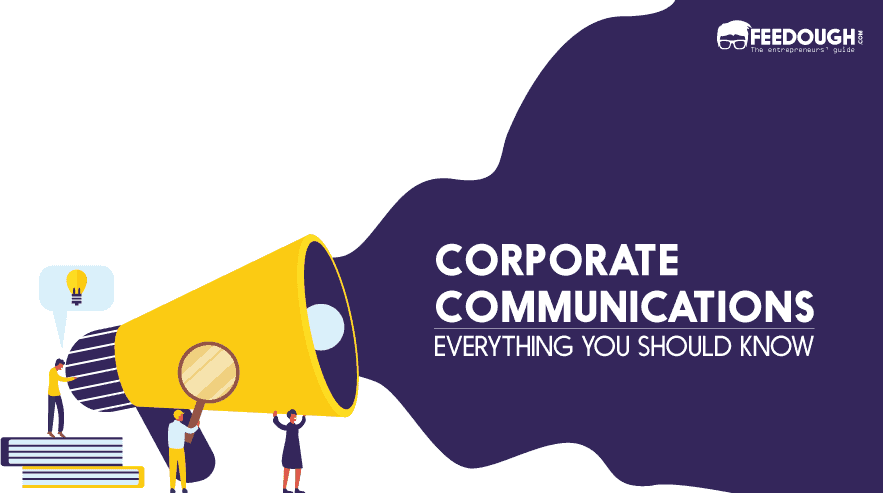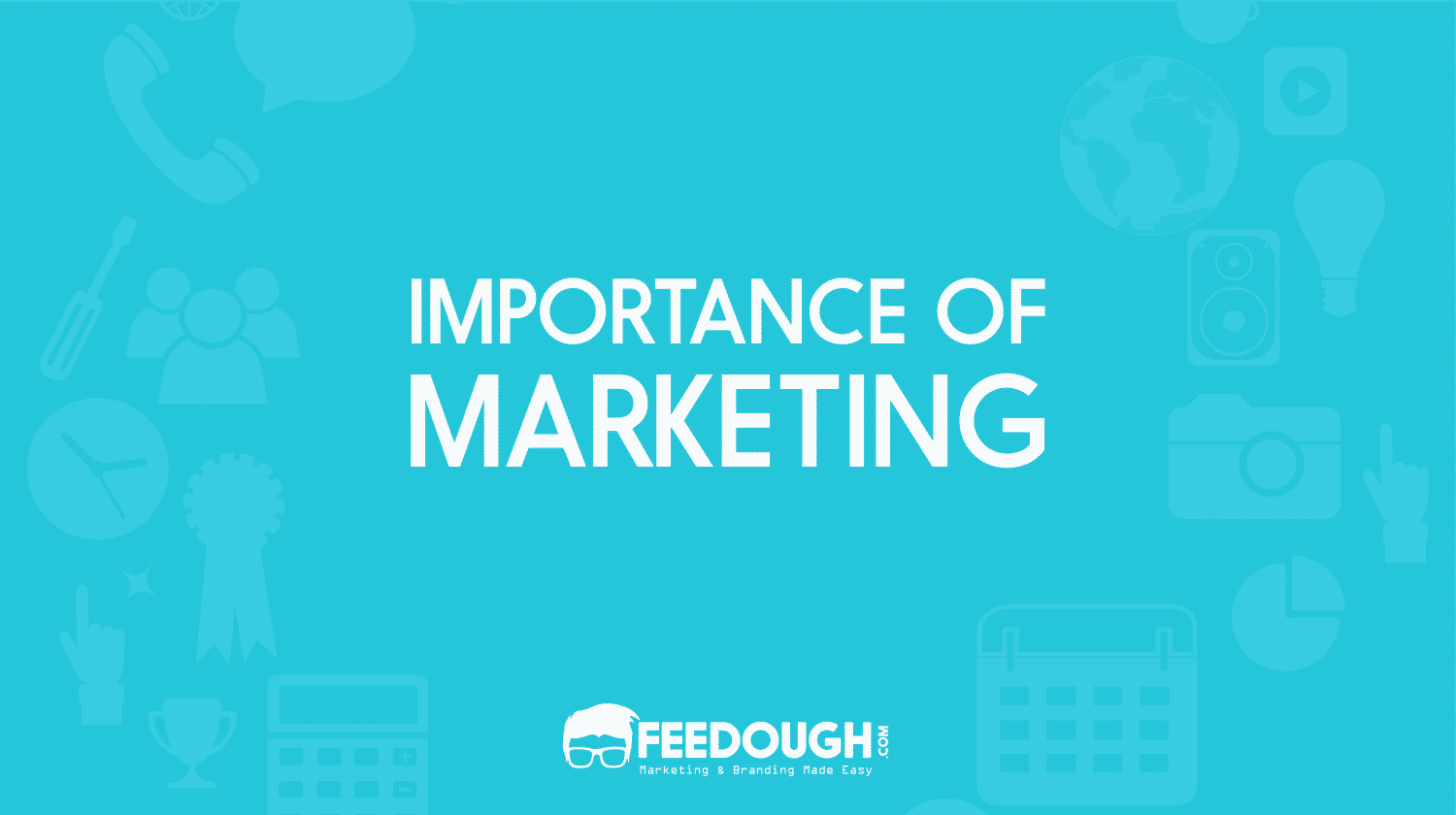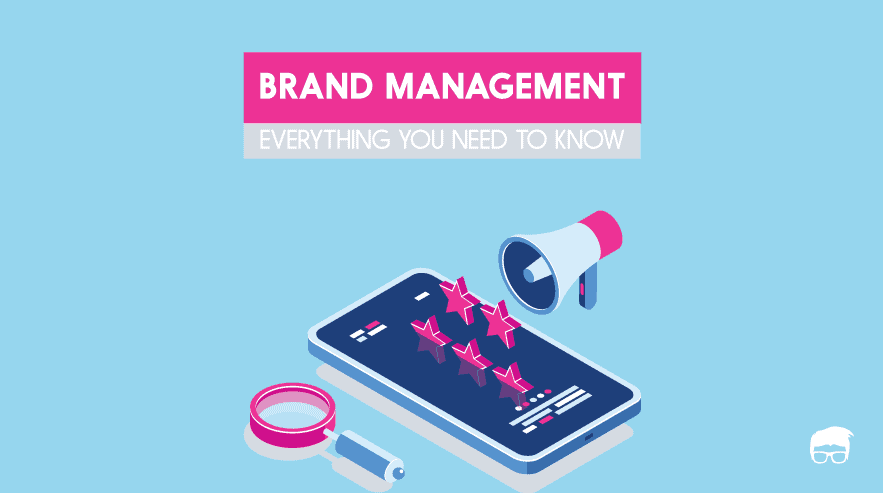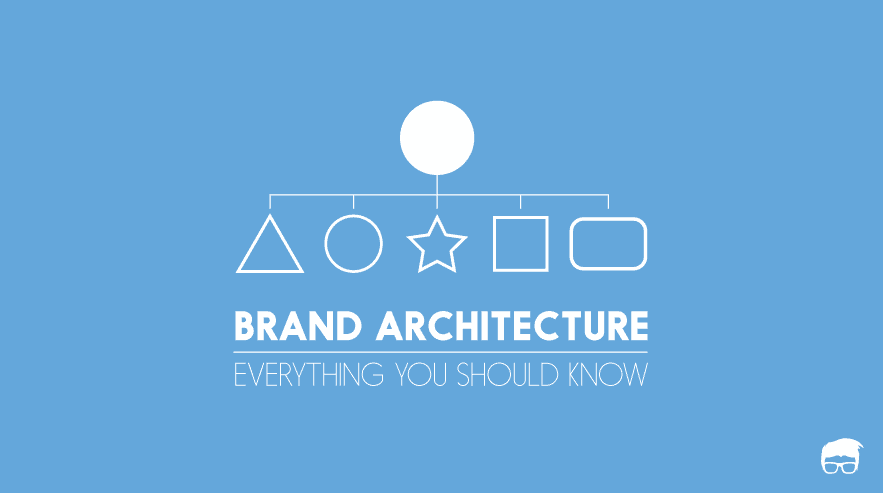A single misstep can cost years of carefully built trust. That’s the reality brands face in 2025, where reputation moves at the speed of a tweet and crisis management isn’t optional anymore. The PR market reached $106.63 billion in 2025, growing at 7.51% annually, and there’s a clear reason why companies are investing heavily in strategic communication.
The stakes have never been higher.
Consider this: 69% of brand executives have already faced a PR crisis in the last five years. That’s no longer a hypothetical risk. It’s an operational certainty.
What separates thriving brands from those fighting for survival often comes down to how they communicate, how they position themselves, and how they respond when things go sideways.
Public relations isn’t just about press releases and media coverage. It’s the engine that shapes perception, builds credibility, and protects value when everything else is on the line.
What Is Public Relations?
Public relations is a strategic communication process companies, individuals, and organisations use to build mutually beneficial relationships with the public.
A public relations specialist drafts a specialised communication plan and uses media and other direct and indirect mediums to create and maintain a positive brand image and a strong relationship with the target audience.
In simple terms, public relations is a strategised process of managing the release and spread of organisation-related information to the public to maintain a favourable reputation of the organisation and its brands. This process focuses on –
- What information should be released,
- How it should be drafted,
- How it should be released, and
- What media should be used to release the information (usually earned or free media is used for the same).
The Objectives Of Public Relations
The main objective of public relations is to maintain a positive reputation for the brand and maintain a strategic relationship with the public, prospective customers, partners, investors, employees, and other stakeholders. This leads to a positive image of the brand and makes it seem honest, successful, important, and relevant.
Besides this, other objectives of public relations include –
Crisis Management
Public relations play a crucial role in spreading information to shape public perception and maintain an organisation’s reputation, especially during a crisis. For example, in 2018, KFC had a chicken shortage that led to the closure of more than half of its UK outlets (because it shifted its food distribution company to DHL). The customers were furious and bombarded the social media. To manage this, the company’s PR team responded with humour, acknowledging the irony of a chicken restaurant running out of chicken. The company issued a public apology through a clever ad campaign that rearranged the letters of its name to spell out “FCK” on a chicken bucket, alongside a message that humorously acknowledged the situation and apologised to customers.
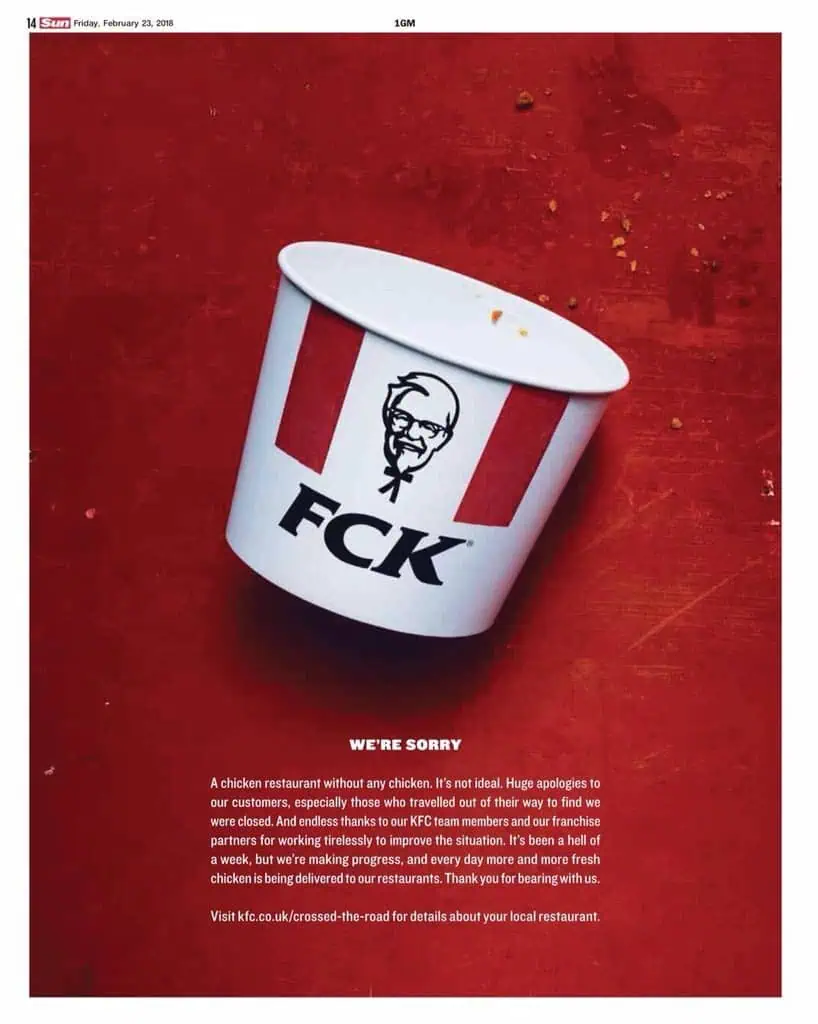
Building Brand Awareness
One of the biggest responsibilities of a PR team in any company is to express the company’s expertise, build relationships with customers and stakeholders, achieve global recognition, and combine all these to build a favourable brand awareness. It does the same using strategies like –
- Shaping Public Perceptions: PR works in synergy with the overall marketing objective in creating narratives highlighting a brand’s principles, goals, and uniqueness. For example, Dove’s ‘Real Beauty’ campaign challenged conventional beauty standards and promoted body positivity, significantly strengthening Dove’s brand image as socially responsible and inclusive.
- Building Credibility: PR aims to boost a brand’s credibility by gaining media coverage in reputable publications and endorsements from influential figures. Always’s ‘#LikeAGirl’ campaign aimed to challenge stereotypes and successfully build awareness of the brand by gaining media coverage and influencers’ attention.
Building Media Relations
Media relations refer to strategic efforts to build and maintain strategic relationships with media outlets, journalists, influencers, and other media professionals to secure favorable media coverage, increase brand visibility, and manage public perception.
The PR team ensures that the organisation’s marketing message is amplified using media relations and earned media. This works in both at the times of positive and negative publicity.
For example, Johnson & Johnson faced a major crisis with reports of asbestos in their baby powder. The company’s PR team responded by launching a website providing detailed information, documents, and updates on the issue. This transparency helped them maintain relationships with media outlets and control the narrative in their favour.
Importance Of Public Relations
The PR industry grew 1.7% in the US in 2025, and that’s not just a random stat. Brands are dealing with faster news cycles, more vocal audiences, and crises that can blow up overnight. That’s exactly why companies are pouring resources into PR—because reputation isn’t a nice-to-have anymore. It’s the foundation that holds everything else together.
- Builds brand image through third-party validation. When a journalist covers your story or an influencer mentions your brand, it carries more weight than any ad you could run. PR creates credibility that paid campaigns can’t buy. Think about how Tesla rarely advertises but dominates headlines—that’s strategic PR at work. Third-party voices turn your brand into something people trust rather than something they scroll past.
- Capitalizes on timely opportunities. The best PR teams don’t just respond—they anticipate. When Google engineers worked on Ebola treatment tech, they didn’t wait for someone to notice. They pushed the story forward. Same goes for brands that jump on cultural moments or industry shifts before competitors catch on. Timing transforms a decent story into front-page coverage.
- Promotes brand values authentically. Consumers in 2025 can smell fake activism from a mile away. PR helps brands show what they stand for without sounding preachy. When Facebook celebrated LGBTQ equality, it wasn’t just a rainbow logo—it was consistent messaging backed by policy changes. Values need proof, and PR provides the narrative that connects both.
- Strengthens community connections. Local relationships still matter, even in a digital world. Coca-Cola’s community initiatives work because they’re visible and consistent. PR turns corporate actions into stories that resonate with the people who actually interact with your brand. Those connections create loyalty that survives bad quarters and market shifts.
Functions Of Public Relations
Public relations is different from advertising. Public relations agencies don’t buy ads, write stories for reporters, or focus on attractive paid promotions. The primary role of public relations is to promote the brand through editorial content in magazines, newspapers, news channels, websites, blogs, and TV programs.
Using earned or free media for promotion has its own benefits as information on these media isn’t bought. It has a third-party validation and hence isn’t viewed with scepticism by the public.
The functions of public relations managers and public relations agencies include:
- Anticipating, analysing, and interpreting the public opinion and attitudes towards the brand and drafting strategies using free or earned media to influence them.
- Drafting strategies to support the brand’s every campaign and new move through editorial content.
- Writing and distributing press releases.
- Speechwriting.
- Planning and executing special public outreach and media relations events.
- Writing content for the web (internal and external websites).
- Developing a crisis public relations strategy.
- Handling the brand’s social media presence and responding to public reviews on social media websites.
- Counselling the organisation’s employees regarding policies, courses of action, the organisation’s responsibility, and their responsibilities.
- Dealing with government and legislative agencies on behalf of the organisation.
- Dealing with public groups and other organisations about social and other policies of the organisation and legislation of the government.
- Handling investor relations.
Types Of Public Relations
According to the functions of the public relations department/agencies, public relations can be divided into 7 types. These are:
- Media Relations: Establishing a good relationship with the media organisations and acting as their content source.
- Investor Relations: Handling investors’ events, releasing financial reports and regulatory filings, and handling investors, analysts and media queries and complaints.
- Government Relations: Representing the brand to the government regarding fulfilling policies like corporate social responsibility, fair competition, consumer protection, employee protection, etc.
- Community Relations: Handling the social aspect of the brand and establishing a positive reputation in the social niche, such as environmental protection, education, etc.
- Internal Relations: Counselling the organisation’s employees regarding policies, courses of action, the organisation’s responsibility, and their responsibilities. Cooperating with them during special product launches and events.
- Customer Relations: Manage relationships with the target market and lead consumers. Conduct market research to learn more about customers’ interests, attitudes, and priorities and craft strategies to influence them using earned media.
- Marketing Communications: Supporting marketing efforts relating to product launches, special campaigns, brand awareness, image, and positioning.
Public Relations Examples
PR stunts or strategies range from donating to an affected community to running a brand activation stunt in a mall. Some of the examples of successful public relations campaigns are:
Google’s Fight Ebola Campaign
The outbreak of the Ebola virus in 2014 was critical as it spread among many countries and took many lives. Google, to help people in need and to build up a positive brand image, started a donation campaign where it pledged to give $2 for every $1 donated to the cause through its website.
The public relations strategy attracted media attention and resulted in a huge success as Google raised $7.5 million.
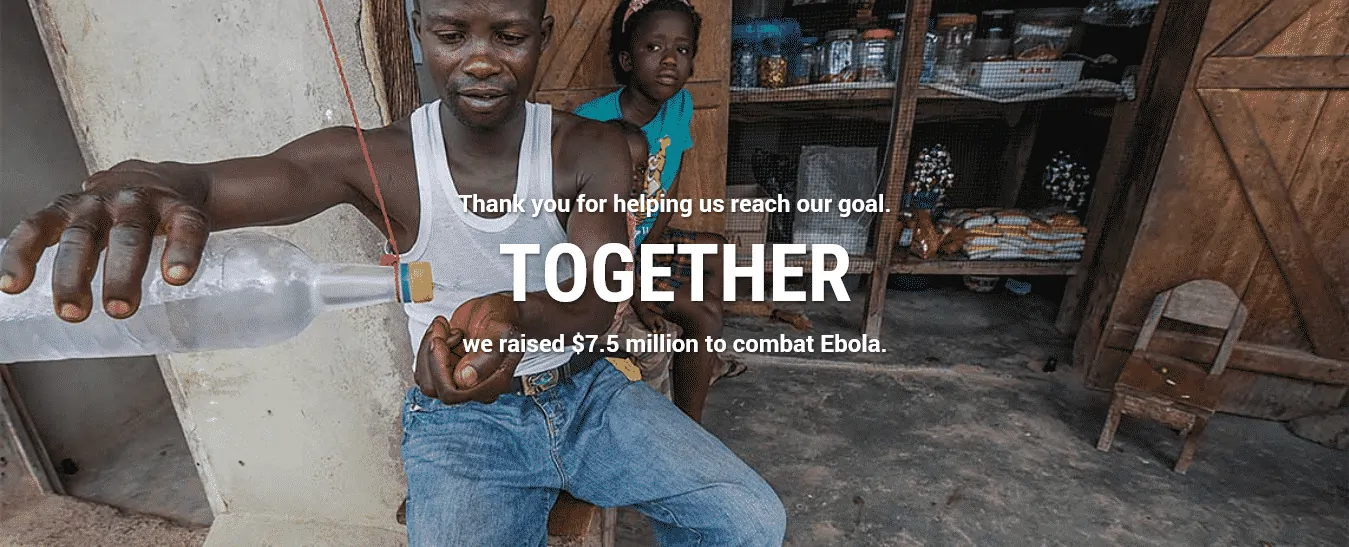
Paramount Pictures The Ring Publicity Stunt
Paramount Pictures, to promote its new horror franchise, The Ring, and to get more user attention, took a step forward and planned a publicity stunt where the protagonist haunted the people in a real-life scenario.
The film’s most iconic scene of Samara crawling out of the TV set was recreated in a TV showroom where the protagonist came crawling out of the hidden compartment behind a TV screen and scared people.
The stunt went viral, and the video received over 10 million views on Facebook.
Just Eat & A Sick Customer
Just Eat is an online food ordering application that lets users add comments to their orders to inform the delivery person about the right address or to leave the order to the neighbour etc.
One unwell customer tried her luck to see if she could get the delivery person to stop en route and get her some medicines. She wrote:
Will you please stop in the Spar on the way and get me some Benylin cold and flu tablets and I’ll give you the money. Only ordering food so I can get the tablets. I’m sick xx.
The delivery person delivered both and this public relations stunt went viral over the media.

Facebook Paris Support Profile Pictures
In response to the tragic shooting in Paris in 2015, where at least 129 people died, Facebook added a France flag filter that users could apply to their profile pictures to support France. Millions of people applied this filter and appreciated this effort by Facebook.

Advantages Of Public Relations
Just like the other mediums of promotion, public relations comes with its set of advantages. These are –
- Credibility: The public trusts the message coming from a trusted third party more than the advertised content. For example, they trust when a news outlets tell them that a brand has come up with no-sugar drink over an advertisement for the same.
- Reach: A good public relations strategy can attract many news outlets, exposing the content to a large audience. Moreover, this medium can help the company utilise certain organic touchpoints that are hard to capitalise on otherwise.
- Cost-effectiveness: Public relations is a cost-effective technique to reach a large audience as compared to paid promotion. News spread like wildfire sometimes.
- Better Communication: Unlike advertisements, public relations help the company to communicate more information to the public than other forms of communication media. This is because people are more interested in hearing out their opinion leaders over watching advertisements.
Disadvantages Of Public Relations
PR also has its own set of disadvantages which can be costly for the business. These are:
- No Direct Control: Unlike paid media, there isn’t direct control over the content distributed through the earned media. This is the biggest risk of investing in public relations. What if an information which was not to be disclosed get disclosed to the public in the form of news?
- Hard To Measure Success: It is really hard to measure and evaluate the effectiveness of a PR campaign.
- No Guaranteed Results: Publishing of a press release isn’t guaranteed as the brand doesn’t pay for it. The media outlet publishes it only if it feels that it’ll attract its target audience.
Public Relations vs Marketing vs Advertising
Public relations involves communicating expertly drafted messages using non-paid/earned media to build mutually beneficial relationships with the public.
Advertising, on the other hand, is a paid communication message intended to inform people about something or to influence them to buy or try something.
Marketing is the umbrella under which all the divisions dealing with creating, communicating, delivering, and exchanging dwell. That is, PR is the subset of marketing. Everything a PR department does is determined by the marketing goals set by the organisation.
Basis | Public Relations | Advertising | Marketing |
|---|---|---|---|
Definition | Public relations is a marketing tool for communicating expertly drafted messages using non-paid/earned media to build mutually beneficial relationships with the public. | Advertising is a paid communication message intended to inform people about something or to influence them to buy or try something. | Marketing refers to activities a company undertakes to create, communicate promote, deliver, and exchange the offerings that have value for the customers. |
Driven by | Relationship driven | Communication driven | Company/Brand growth driven |
Communication | Two-way | One-way | Two-way |
Importance | To build a favourable relationship with the target audience. | To communicate to the target audience about a certain offering, action, work, or other brand-related information | Identify and cater to the customers’ needs to survive and thrive. |
How AI Is Transforming PR in 2025
According to recent industry data, 75-80% of PR professionals are expected to use AI tools by the end of 2025. That’s not some distant prediction. It’s happening right now.
The most common use? Content creation and press release drafting. Teams are using AI to handle first drafts of press releases, blog posts, and social media content. It speeds up the writing process, though most PR pros still edit what AI generates. Think of it as a writing assistant, not a replacement writer.
AI also changed how teams track what people are saying. Media monitoring and sentiment analysis tools scan thousands of mentions across news sites, social platforms, and blogs in real time. Instead of manually checking every mention, PR professionals get alerts when sentiment shifts or a potential issue pops up. This means they can respond faster when something needs attention.
Then there’s campaign analytics and performance tracking. AI tools analyze which messages resonate, which channels perform best, and what timing works. This data helps teams adjust strategies mid-campaign instead of waiting until the end to see what worked.
Some teams are integrating AI into their relationship management systems, too. These tools help track journalist interactions, pitch success rates, and media preferences. It’s basically a smarter CRM that learns which reporters care about which topics.
But here’s the thing. AI handles the repetitive stuff and data crunching. It doesn’t build relationships with journalists. It doesn’t understand the nuance of a crisis situation. It doesn’t create a strategy based on years of experience. That’s still on the humans. What AI does is free up time so PR professionals can focus on the parts of their job that actually require human judgment.
A startup consultant, digital marketer, traveller, and philomath. Aashish has worked with over 20 startups and successfully helped them ideate, raise money, and succeed. When not working, he can be found hiking, camping, and stargazing.
